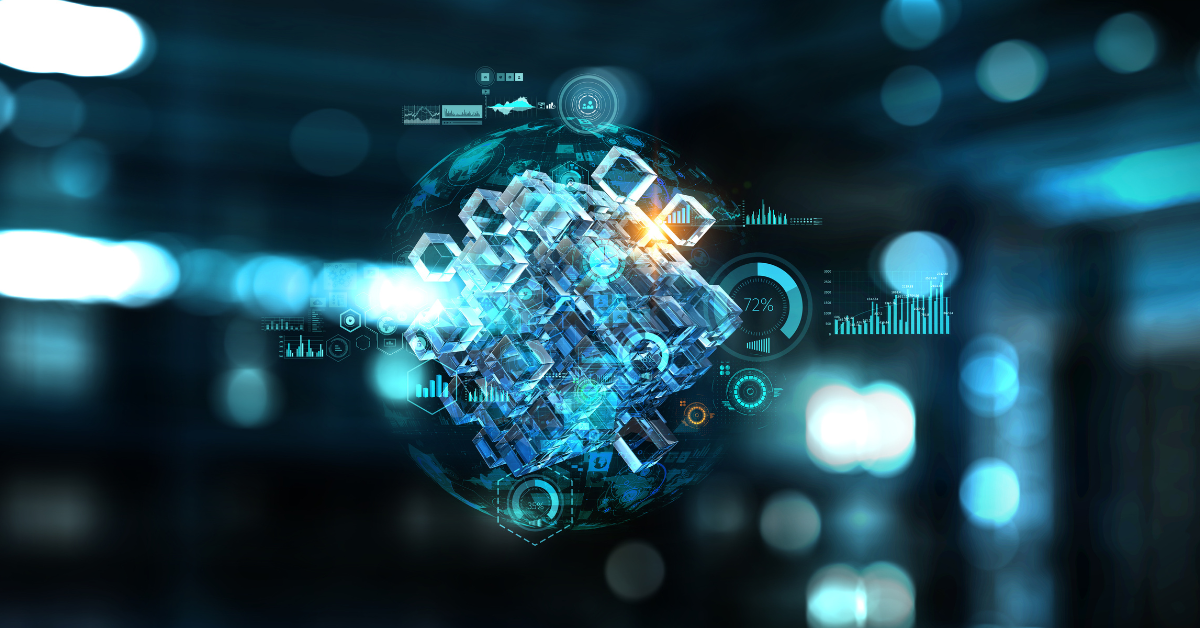As we stand on the cusp of a new era, the modern workplace is undergoing a profound transformation driven by technological advancements, changing work cultures, and a focus on employee well-being. In this fast-paced landscape, businesses are exploring and implementing innovative solutions to create work environments that not only meet the demands of the present but also pave the way for a productive future. This article delves into the evolution of modern workplace solutions and their role in enhancing productivity.
- Flexibility and Remote Work Integration:
The concept of a traditional office with fixed working hours is evolving, giving rise to a more flexible work environment. Modern workplace solutions prioritize flexibility, enabling employees to work from anywhere at any time. The integration of remote work tools, video conferencing platforms, and collaborative software ensures that teams can stay connected and collaborate seamlessly, breaking down geographical barriers. This flexibility not only enhances productivity but also fosters a healthier work-life balance.
- Smart Office Technologies:
The modern workplace is embracing smart office technologies to streamline processes and create more efficient workspaces. Internet of Things (IoT) devices, smart sensors, and automation are being integrated to enhance operational efficiency. Smart lighting, climate control, and occupancy sensors optimize energy usage, creating environmentally sustainable workplaces. These technologies not only contribute to cost savings but also provide employees with a comfortable and dynamic work environment that adapts to their needs.
- Collaborative Platforms and Project Management Tools:
Collaboration lies at the heart of modern workplaces, and businesses are leveraging collaborative platforms and project management tools to facilitate seamless teamwork. Applications like Slack, Microsoft Teams, and Asana provide centralized hubs for communication, file sharing, and project tracking. These tools enhance collaboration, reduce communication silos, and ensure that teams can work together efficiently, regardless of their physical locations.
- Employee Well-being Initiatives:
Recognizing the impact of a healthy and happy workforce on productivity, modern workplace solutions place a strong emphasis on employee well-being initiatives. Ergonomic office furniture, wellness programs, and mental health support are becoming integral components of the modern workspace. Some companies are incorporating wellness rooms, meditation spaces, and fitness facilities to promote a holistic approach to employee well-being. These initiatives contribute not only to increased productivity but also to employee retention and satisfaction.
- Personalized Workspaces with Activity-Based Design:
The one-size-fits-all approach to office layouts is being replaced by activity-based design, offering personalized workspaces that cater to different tasks and preferences. This approach recognizes that different work activities require varied environments. Quiet zones, collaborative spaces, and private nooks are strategically designed to accommodate diverse work styles. Providing employees with the flexibility to choose their work environment based on their tasks enhances focus, creativity, and overall productivity.
- Cybersecurity Measures:
As businesses embrace digital transformation, the importance of cybersecurity in the modern workplace cannot be overstated. With the increased use of cloud services, remote access, and interconnected devices, cybersecurity measures are critical to protect sensitive data and ensure the smooth functioning of operations. Modern workplace solutions include robust cybersecurity protocols, encryption technologies, and employee training to create a secure digital environment.
- Continuous Learning and Skill Development:
In the rapidly evolving landscape, continuous learning and skill development are crucial for staying competitive. Modern workplaces are investing in learning management systems, online courses, and skill development programs to empower employees with the knowledge they need. This commitment to continuous learning not only enhances individual capabilities but also contributes to the adaptability and resilience of the organization as a whole.
Conclusion:
Navigating the future of work involves a comprehensive understanding of the changing dynamics in the modern workplace. As businesses strive for enhanced productivity, the integration of flexible work practices, smart office technologies, collaborative platforms, employee well-being initiatives, personalized workspaces, cybersecurity measures, and a commitment to continuous learning is essential. The modern workplace is not merely a physical space; it is an ecosystem of interconnected solutions designed to empower employees, foster innovation, and adapt to the ever-evolving demands of the contemporary professional landscape. By embracing these modern workplace solutions, businesses can confidently navigate the future, ensuring that their workforce remains productive, engaged, and well-equipped for the challenges ahead.





Comments